Landlord Tips to Prepare a Property for New Tenants
Landlord Tips to Prepare a Property for New Tenants
- 🧹 Deep Clean the Property
Ensure the property is thoroughly cleaned, including carpets, appliances, and bathrooms, to create a welcoming environment for new tenants. - 🔧 Conduct Maintenance and Repairs
Fix any minor issues, such as leaky faucets, broken fixtures, or peeling paint, to ensure the property is in top condition before move-in. - 📑 Update Lease Agreements and Legalities
Review and update the lease terms, ensuring all legal requirements are met and provide clear instructions for the new tenants on property guidelines.
As a landlord, you will want to do what’s best for your investment, which includes understanding the needs of your tenants. A well looked after home will not only attract the right people but also get the tenancy off to a strong start and convince them to stay.
Whether your previous tenants have recently or about to moved out of the property, or you are getting it ready to let for the first time, these tips from Just Landlords, the landlord insurance specialist, provide useful information to get you started on how to choose your tenants, a few tips on tenancy cleaning and more.
Without further ado,
Maintenance checks
Keeping an eye on the condition of everything throughout a tenancy will prepare you for any work that may need doing before the next tenants move in. Checks should be done periodically throughout the tenancy, as well as at the end, before returning a deposit.
Under the Landlord and Tenant Act 1985, you do have the right to enter the premises to view its condition, but remember that this must be at a reasonable time of day and you must receive 24 hours’ written notice.
You will want to make sure that everything matches your specification stated in the property inventory, to avoid being out of pocket. Remember to check:
Inside the house
Your inventory should list furniture, fixtures and fittings included as part of the tenancy. Take some time to check that all is as it should be.
- Walk around the house and go through your list to make sure everything is still there.
- Check that there is no damage to the furniture, fixtures or fittings.
- Make sure that the rental property is acceptably clean as tenants leave by hiring professionals or simply follow our end of tenancy checklist How tidy the tenant keeps it is up to them, as long as no damage is being caused, but a lack of cleanliness could result in costly damage if the mess attracts pests. If the property is not suitable before new tenants move in, then you may be liable if a problem later develops. The cost of tenancy cleaning outmatches the risks by far. Just read our post-renter service reviews.
- Look out for damp patches and mould, which could be caused by leaks. Check around windows, sinks and any pipework.
- Be sure to check the loft, as issues up there can often be overlooked until it’s too late.
- At the end of the tenancy, look at the serial numbers on all appliances, to ensure that they match up with those recorded in your inventory.
Outside the house
If you stated in the tenancy agreement that tenants must maintain the garden, you will want to take a look around and confirm that they have met your expectations.
- Check for any uneven or cracked paving slabs. For safety reasons, these should be replaced.
- Make sure the fences are in an acceptable condition. Be aware of which ones are your responsibility, as the property owner.
- Be on the lookout for Japanese knotweed! This plant can cause serious damage if it grows too close to the building, which can end up costing a lot of money to repair.
- If there are requirements for garden maintenance in the agreement, it is in your best interests to remind the tenant of this in advance to your inspections, to allow them time to get it ready.
Furniture
Semi-furnished
If you intend to include a few staple basics, this can work to your advantage. Place furniture strategically, to make rooms look spacious. This could include:
- A bed – nothing smaller than a double bed should be considered for the master bedroom, but if a queen or king size will fit, this will be more attractive to prospective tenants.
- A sofa – choose the style of this based on the type of tenant you wish to attract. You can go for a basic and easy to clean sofa for students, one that’s a bit more spacious for families, or something sleek and stylish for professional tenants.
- Fridge/freezer – having a fridge or fridge-freezer in the property will be a relief for new tenants looking for a straightforward move into their new home.
- Shelving – put up a few shelves where suitable. If you do this yourself, there will be less chance of tenants doing their own rough job and causing frustration at the end of the tenancy if you need to deduct from their deposit for repairs. You will also get to decide exactly where the shelves are placed.
Fully furnished
Providing a full set of furniture for your tenants can be a good idea, as they won’t have to move large and bulky items in and out, which could potentially cause damage to the building.
Accidental damage of a rental property can most commonly occur at either the checking in or checking out stage of a tenancy.
To really make the place feel like home for new tenants, also include the following:
- A TV table and coffee table – look for matching items, to give the room a homely feel.
- Matching light shades – choose a style and colour to use throughout the house.
- Curtains or blinds – bear in mind the colour scheme of the room before purchasing. You will need accurate measurements of the windows when looking at options.
- Storage – from wardrobes in the bedrooms, to cabinets in the bathrooms, potential tenants will be analysing the space available, when viewing a property. They will be happy to know that they can to unpack and get settled as soon as they move in.
- Electronics – a TV would certainly be appreciated in a student house, as it would make sharing easier if it belongs to the property and not to an individual. A professional couple or individual might enjoy a multi-room speaker setup, for playing music.
- A Smart meter – having updates on utility expenditures is useful for any type of tenant. Smart metres are a great tool for budgeting, allowing tenants to have better control over their bills.
- Garden furniture – kit out the garden, ready for the summer months, with an outside table and chairs set. If there is space, a wooden bench or swinging chair will complete the look. Ensure that there is room for a shed for easy storage of gardening tools – this will encourage tenants to maintain the upkeep of the outside area.
Unfurnished
If you are letting a property unfurnished, then you will have to be extra meticulous when preparing the presentation of the building. This includes:
- Skirting boards, doors and walls – make sure they have been washed or given a fresh coat of paint.
- Flooring – stained carpets should be cleaned up or replaced. Broken tiles or warped floorboards will also need maintenance.
- Windows – check for any cracks and give them a thorough wash.
- Kitchen surfaces – make sure there are no crumbs or food stains.
- Sinks and taps – polish away any limescale that has collected, along with soap residue.
- Dust and cobwebs – clean in every corner, nook and cranny, to ensure the house looks fresh and ready for your new tenants.
However you decide to present your let, remember to take photographs of everything for your inventory list, in case of disputes at the end of the tenancy!
Our final tip is to make sure that you have the appropriate cover for your property. Whilst you have tenants living in the building, you will want to take out Landlord Insurance, but during any void periods, it is often the case that you will need Unoccupied Property Insurance.
Move Out Mates Services in London
Check out our top-rated cleaning services across London, always just a call away! With Move Out Mates, expert cleaning is always near you, ready to make your move easier.
Move out Mates Customer Say`s:
Here’s a selection of feedback from our customers who are thrilled with the exceptional service they received and couldn’t be more satisfied!
Get Your Free Quote Today!
Contact Move Out Mates now to request your free, no-obligation quote and take the first step towards stress-free cleaning services.

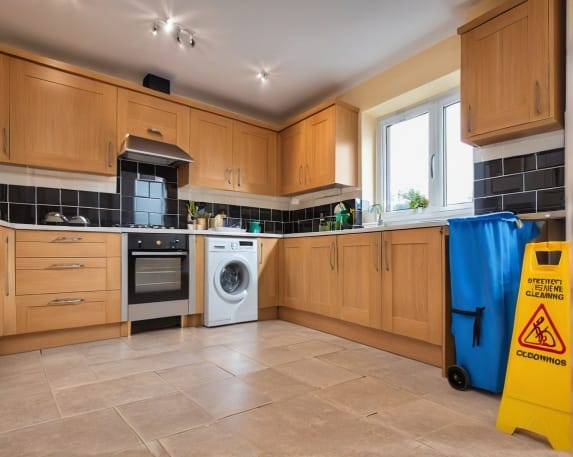
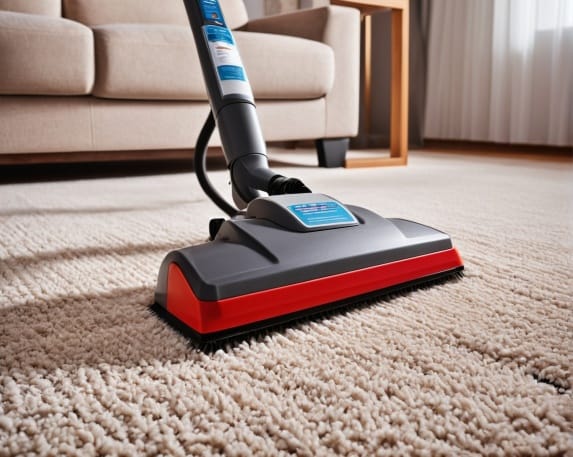
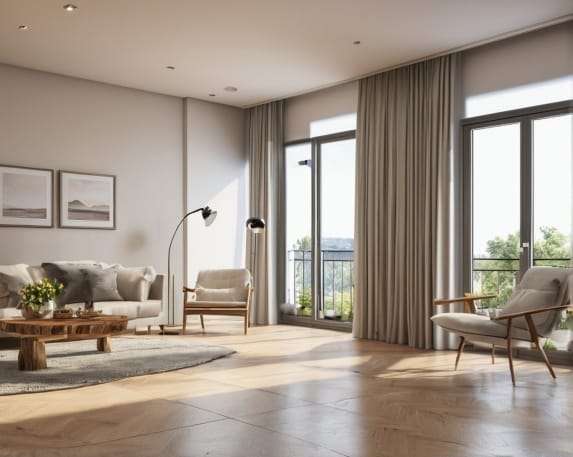
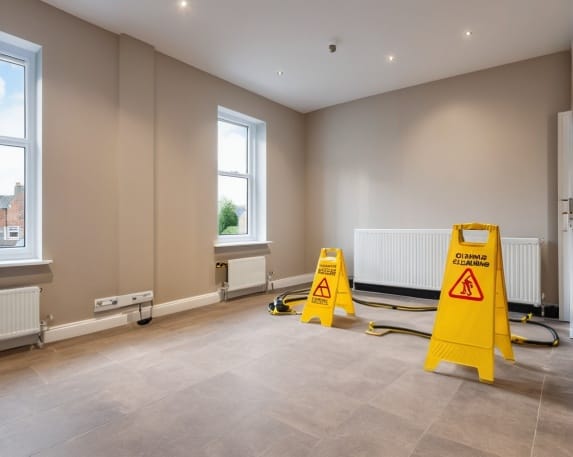
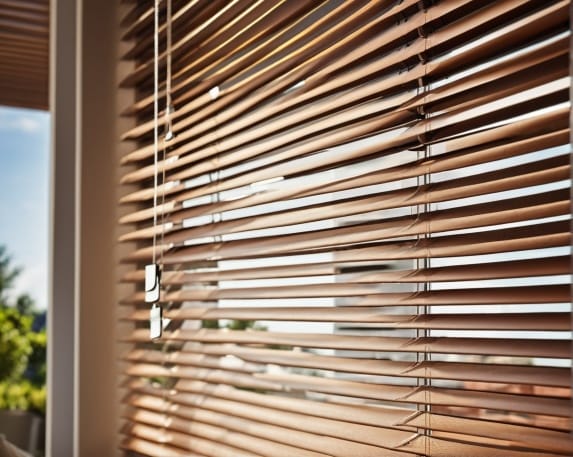
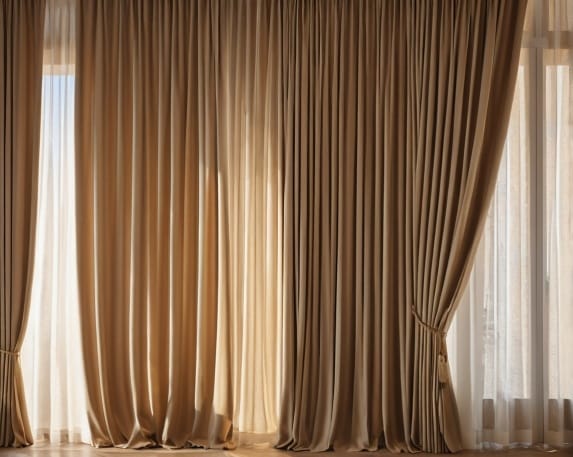
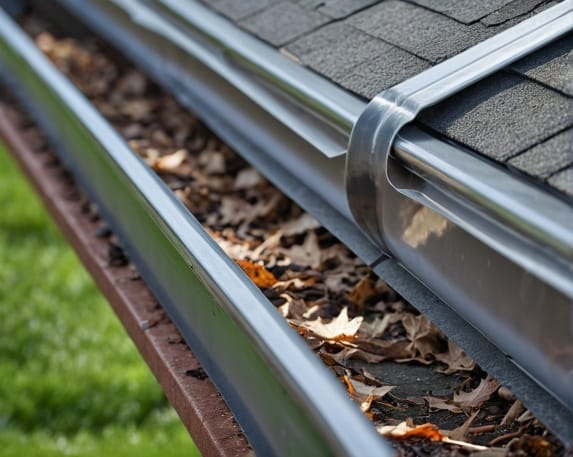
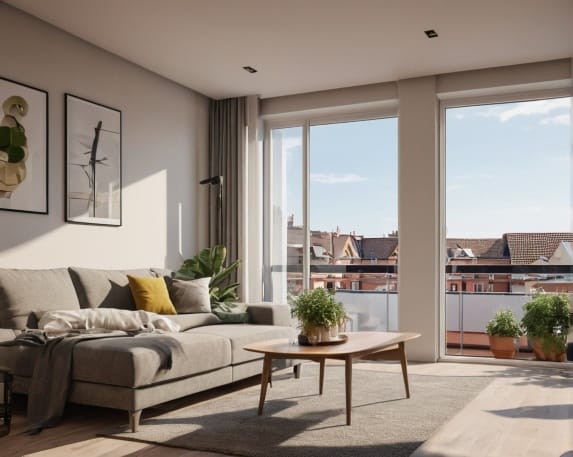

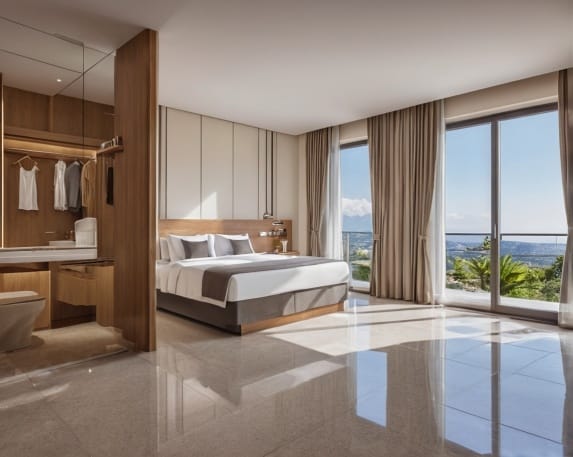
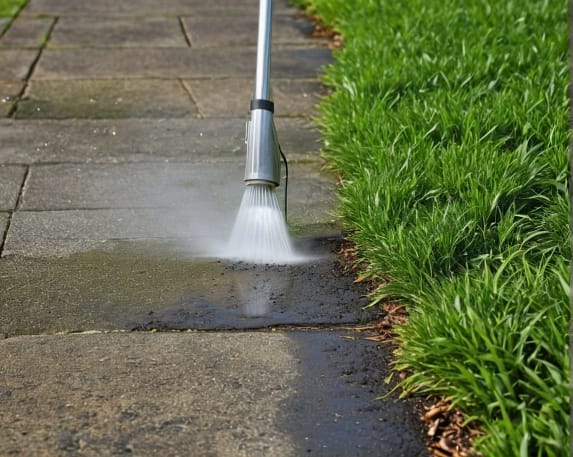
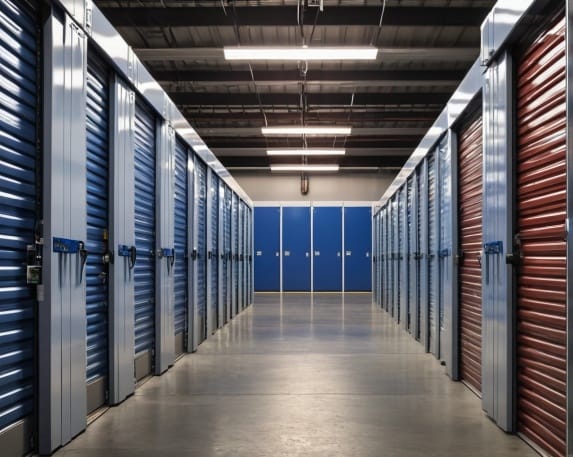
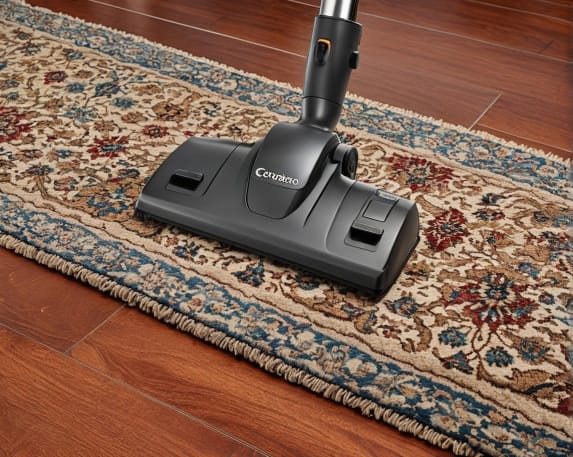
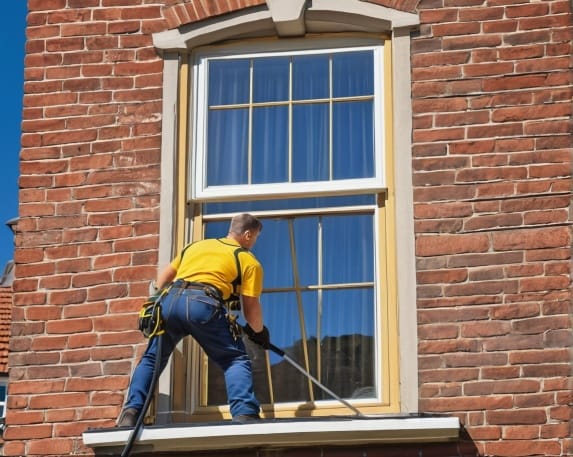
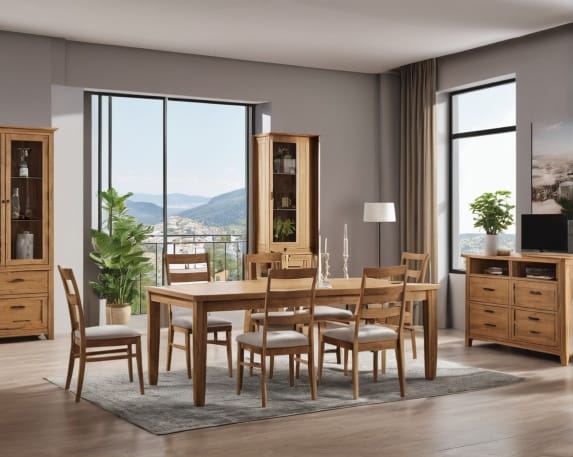
Leave a Reply